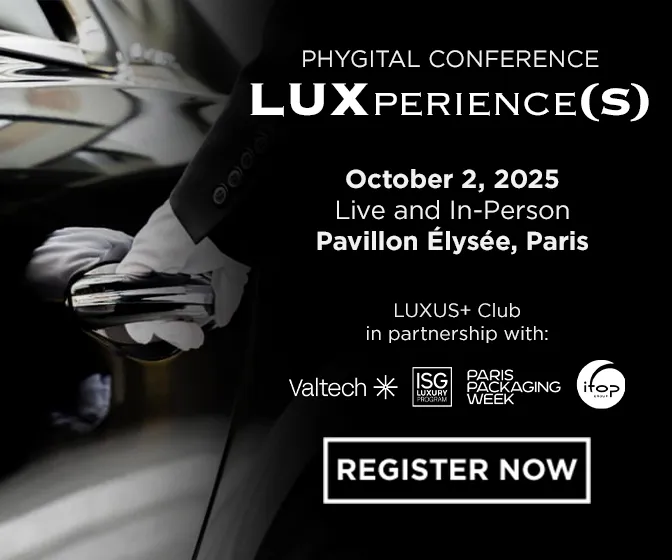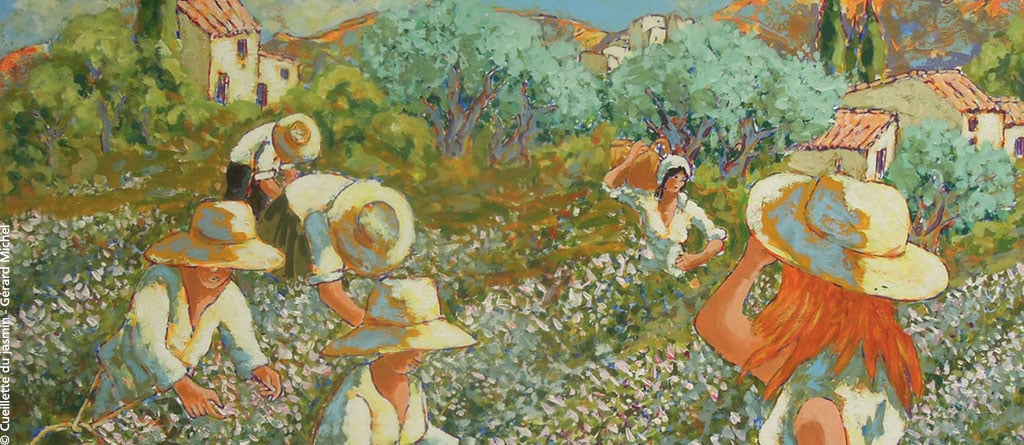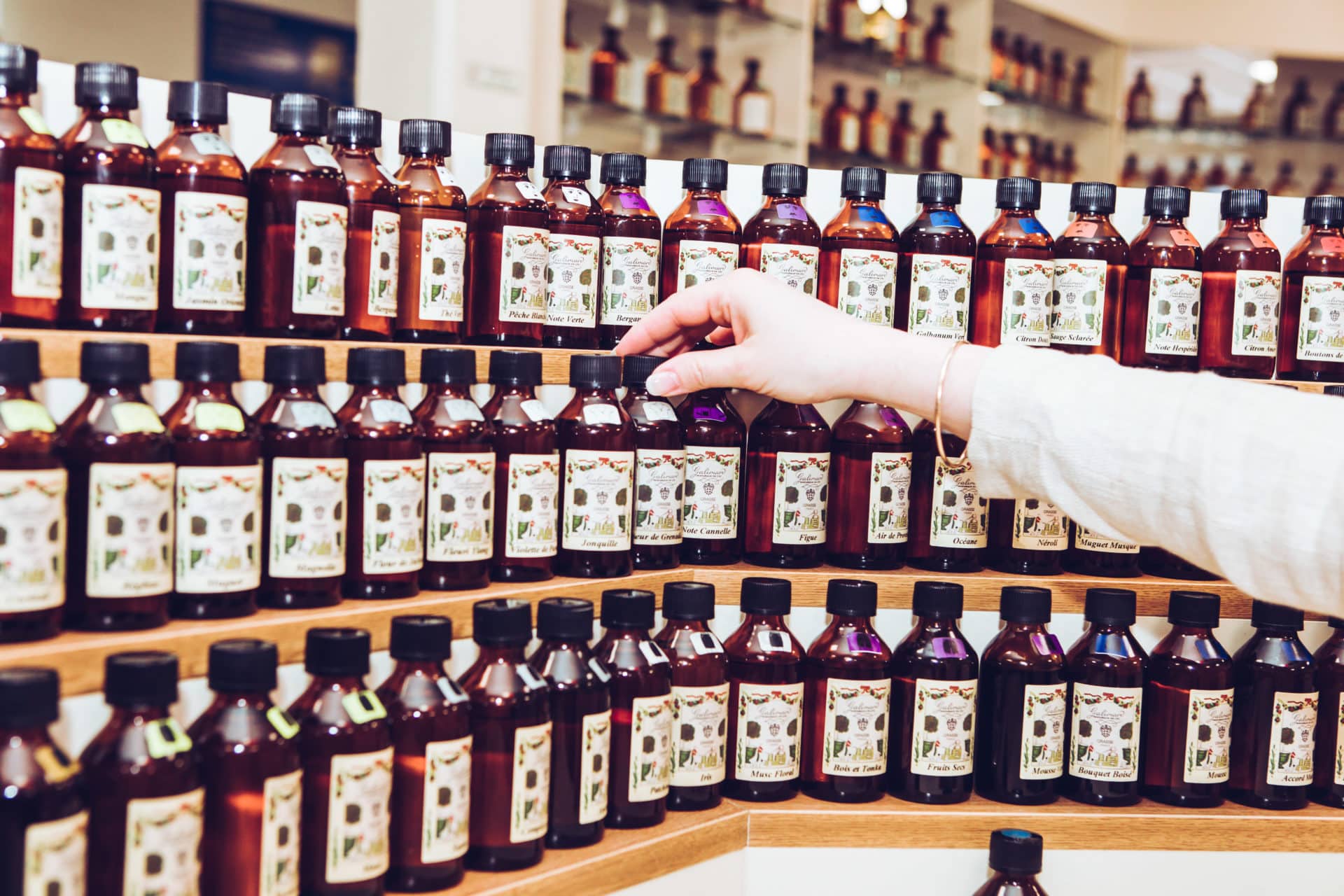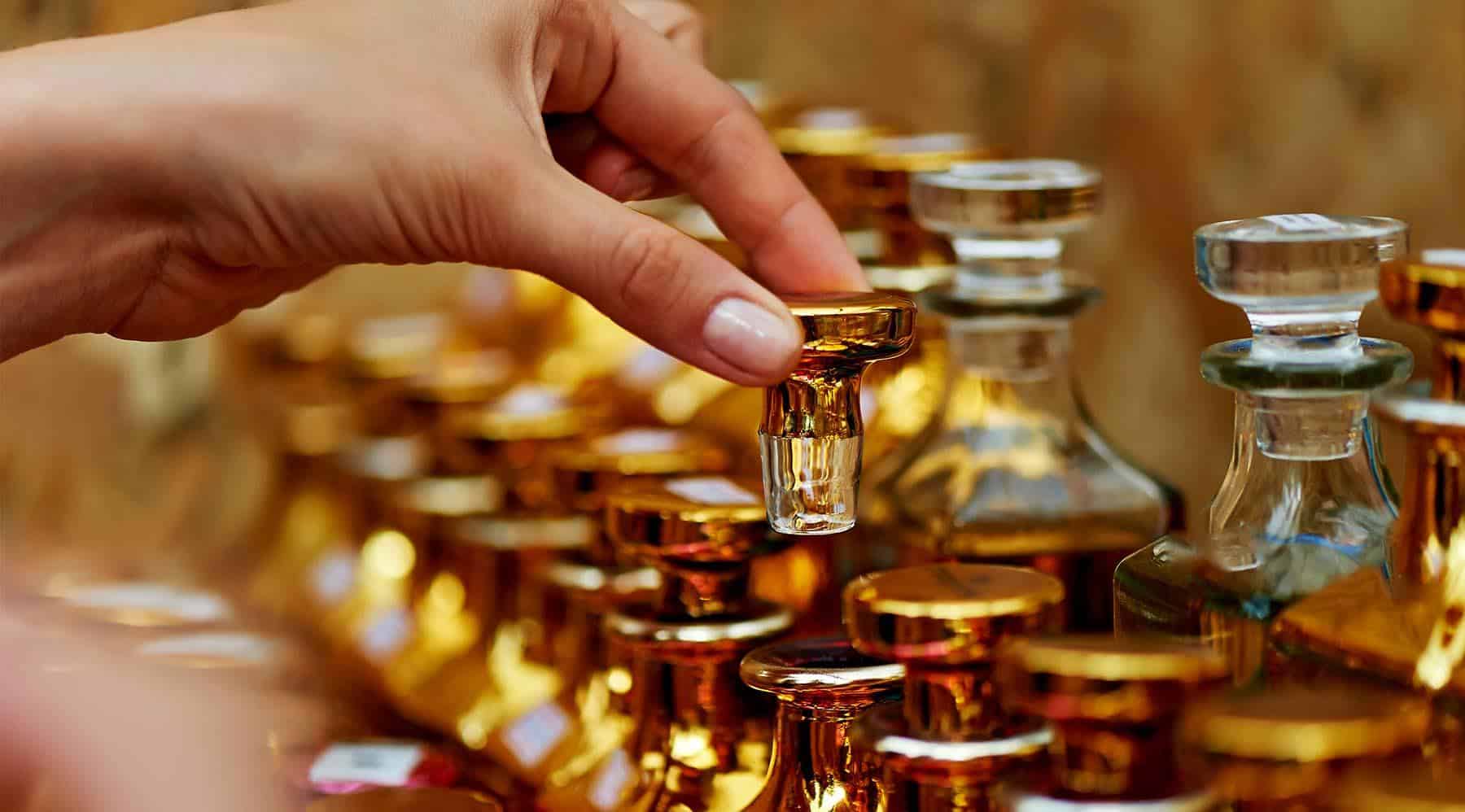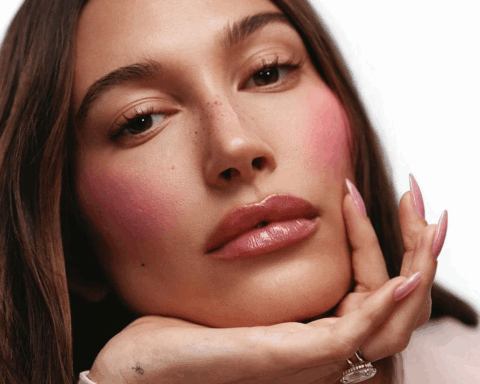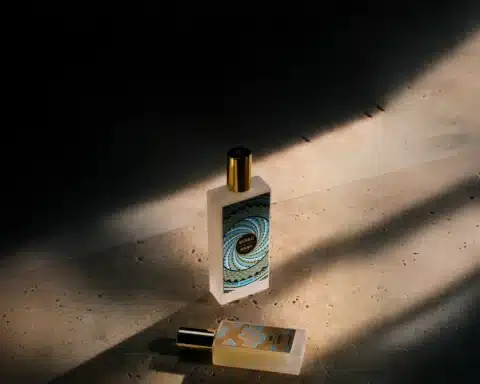Welcome to the enchanting world of olfactory luxury. Grasse, a picturesque town in the Alpes-Maritimes region of south-eastern France, has a rich and fragrant history that has shaped the perfume industry for centuries. Discover how this French town has become the world capital of perfumery, where art and science combine to create unforgettable fragrances.
The Journées du Patrimoine 2023 will kick off on September 16 and 17. To mark the occasion, the Domaine de la Rose de Lancôme will be opening its doors to the public, enabling them to discover the estate, the cultivation of flowers and, above all, its perfumery expertise.
Recently acquired by the brand, Domaine de la Rose de Lancôme comprises 4 hectares of organically cultivated fields, century-old terraces and even a distillery. The estate’s land is perfect for the blossoming of Lancôme’s beloved flowers. With this new acquisition, Lancôme wishes to contribute to the preservation and protection of this indispensable know-how in the world of fragrance: the cultivation of perfume plants in Grasse.
Located in the western part of the Alpes-Maritimes department, Grasse, in the heart of south-eastern France, enjoys a Mediterranean climate with pleasant temperatures. It’s a place where flowers can be grown locally, giving rise to a perfume-making tradition that has endured for centuries. The area is dotted with fields of tuberose, roses, jasmine and violets, making Grasse a natural setting for the art of perfumery.
Perfumed origins
In the 16th century, Grasse was renowned for its excellent tanneries, which supplied a flourishing leather trade. However, the tanning processes of the time gave off strong, unpleasant odors. To remedy this problem, local tanners came up with the idea of perfuming leather gloves with floral extracts. Catherine de Médicis, seduced by these scented gloves, made them a trend at the French court and among the nobility.
This innovation marked the beginning of the perfume industry in Grasse. The region’s ideal climate, conducive to flower cultivation, favored the production of roses, jasmine, lavender and tuberose, among others. In the 17th century, the guild of glove-makers and perfumers was officially recognized. And by the 18th century, the perfume industry had far surpassed the leather industry.
Local know-how
The field of perfumery encompasses a multitude of historic skills, each playing a crucial role. Among these skills are those essential to optimizing the cultivation of plants used in perfume creation. This includes expertise in a variety of areas, from knowledge of soil and climate, to mastery of different flower varieties, advanced botanical skills and grafting techniques.
Another fundamental component is the understanding of the natural raw materials needed to make Grasse fragrances, and the methods for transforming them into fragrant extracts. This involves extracting these precious floral essences using a variety of techniques. Ultimately, the art of composing a perfume crowns this skill-set, giving life to a unique olfactory creation.
Once the composition of a fragrance is complete, a maceration process comes into play, where the perfume concentrate rests in vats before being bottled. The duration of this maceration phase varies according to the specific olfactory characteristics of each fragrance, ensuring the quality and integrity of the final scents.
Iconic perfume houses
Grasse is home to several renowned perfume houses, including Galimard, Molinard and Fragonard.
Founded in 1747 by Jean de Galimard, master glove-maker and perfumer to the court of Louis XV, Galimard is famous for its perfumes, cosmetics and home fragrances.
Molinard, founded in 1849 by Hyacinthe Molinard, is renowned for iconic creations such as Habanita (1921), as well as for its soaps, cosmetics and candles. The Fragonard house, founded by Eugène Fuchs in 1926 and named after the famous painter Jean-Honoré Fragonard, is renowned for fragrances such as Eau de Hongrie and Fragonard.
Contemporary heritage
Today, the perfume industry remains Grasse’s main economic activity. Some 70 perfume companies are based in the region, employing nearly 5,000 people. Although the cultivation of flowers has lost some of its importance, the town continues to produce natural raw materials essential to the creation of perfumes.
In addition to perfume production, Grasse attracts perfume lovers from all over the world thanks to its dedicated museums, such as the Musée International de la Parfumerie and the Musée Fragonard. Events such as the Fête du Jasmin continue to celebrate this unique olfactory art.
In 2018, Grasse’s perfume-related skills were included on UNESCO’s list of Intangible Cultural Heritage of Humanity. This official recognition encompasses three essential skills: the cultivation of fragrant plants, the mastery of natural raw materials, as well as the art of composing these materials to create exceptional perfumes.
Thanks to this listing, Grasse continues to perpetuate its perfume heritage. It remains the undisputed world capital of perfumery, a place where art and science come together to create unique and unforgettable fragrances. The city remains a must-see destination for all lovers of perfume and its history.
Read also>[BRIEF HISTORY OF LUXURY] LIPSTICK: A WEAPON OF MASS SEDUCTION
Featured photo : ©Press






